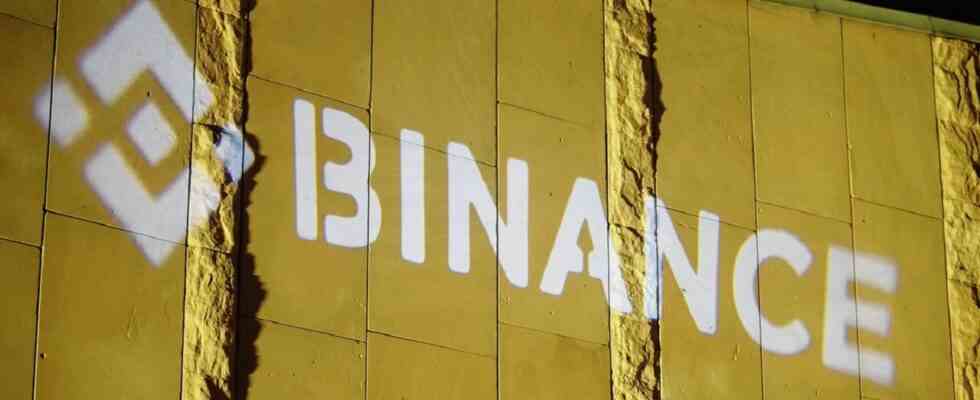The Wall Street Journal says Binance’s financial situation is ‘a mystery’. Institutional structure, Bitcoin liabilities and internal control quality are among the points of concern.
Binance proof of reserve raises red flags
According to accounting and finance experts consulted by The Wall Street Journal (WSJ), Binance’s efforts to increase the transparency of its reserves have also raised red flags in the financing of the crypto exchange. Earlier this week, audit firm Mazars published an ‘audit’ report stating that Binance reserves are fully secured. A former Financial Accounting Standards Board (FASB) member and investment manager states that audit firm Mazars’ report does not include information on the quality of internal controls and how their systems are liquidating assets to meet margin credits. That’s why he says he doesn’t give investors confidence in the stock market’s financing.
Another red flag cited by sources is the lack of information about Binance’s corporate structure. According to the report, Binance chief strategy officer Patrick Hillmann was unable to provide the name of Binance’s parent company as it has been going through a corporate restructuring process for almost two years.
In addition, experts found the differences in total Bitcoin liabilities to be remarkable. The exchange’s proof of reserve shows that Binance is 97% collateralized. However, this applies to the exclusion of assets lent to users through loans or margin accounts. This indicates that the 1:1 ratio of reserves to client assets has not been reached. Mazars’ report explains the difference as follows:
We found that Binance was 97% collateralized and the loan service offering resulted in negative balances in the Customer Liability Report, ignoring the Excluded Assets collateralized by customers for Included Assets loaned via margin. We found that Binance was 101% collateralized when including loans overcollateralized by Included Assets and Excluded Assets loaned to customers via margin.
In a Twitter post regarding Binance’s reserves, John Reed Stark, a Duke University Law School Senior Lecturer and former head of the Securities Exchange Commission (SEC) Internet Enforcement Office, said:
Binance’s ‘proof of reserve’ report does not address the effectiveness of internal financial controls. It also does not express an opinion or assurance conclusion. Moreover, it does not vouch for the numbers. I worked for SEC Enforcement for 18+ years. This is how I define the red flag.

Mazars unveils Binance’s BTC reserve report
cryptocoin.comAfter the FTX crash, Binance released a proof-of-reserve system last month. Accordingly, it allowed users to verify their existence using a Merkle tree. He also recommended this initiative to other cryptocurrency exchanges. However, its competitors have argued that it is ‘nonsense’ as the initiative does not include obligations.
Mazars released Binance’s audit report on Bitcoin reserves on Dec. According to the international audit firm, the crypto exchange has control over 575,742.42 Bitcoins of its clients. This corresponds to a value of $9.7 billion at the date of the report. “Binance is 101% collateralized,” the company said, according to the methodology. The scope of the report included clients’ accounts of spot, options, margin, futures, funding, lending and earnings for Bitcoin and Wrapped Bitcoin (WBTC).
Contact us to be instantly informed about the last minute developments. twitter‘in, Facebookin and InstagramFollow and Telegram and YouTube join our channel!
Risk Disclosure: The articles and articles on Kriptokoin.com do not constitute investment advice. Bitcoin and cryptocurrencies are high-risk assets, and you should do your due diligence and do your own research before investing in these currencies. You can lose some or all of your money by investing in Bitcoin and cryptocurrencies. Remember that your transfers and transactions are at your own risk and any losses that may occur are your responsibility. Cryptokoin.com does not recommend buying or selling any cryptocurrencies or digital assets, nor is Kriptokoin.com an investment advisor. For this reason, Kriptokoin.com and the authors of the articles on the site cannot be held responsible for your investment decisions. Readers should do their own research before taking any action regarding the company, assets or services in this article.
Disclaimer: Advertisements on Kriptokoin.com are carried out through third-party advertising channels. In addition, Kriptokoin.com also includes sponsored articles and press releases on its site. For this reason, advertising links directed from Kriptokoin.com are on the site completely independent of Kriptokoin.com’s approval, and visits and pop-ups directed by advertising links are the responsibility of the user. The advertisements on Kriptokoin.com and the pages directed by the links in the sponsored articles do not bind Kriptokoin.com in any way.
Warning: Citing the news content of Kriptokoin.com and quoting by giving a link is subject to the permission of Kriptokoin.com. No content on the site can be copied, reproduced or published on any platform without permission. Legal action will be taken against those who use the code, design, text, graphics and all other content of Kriptokoin.com in violation of intellectual property law and relevant legislation.
